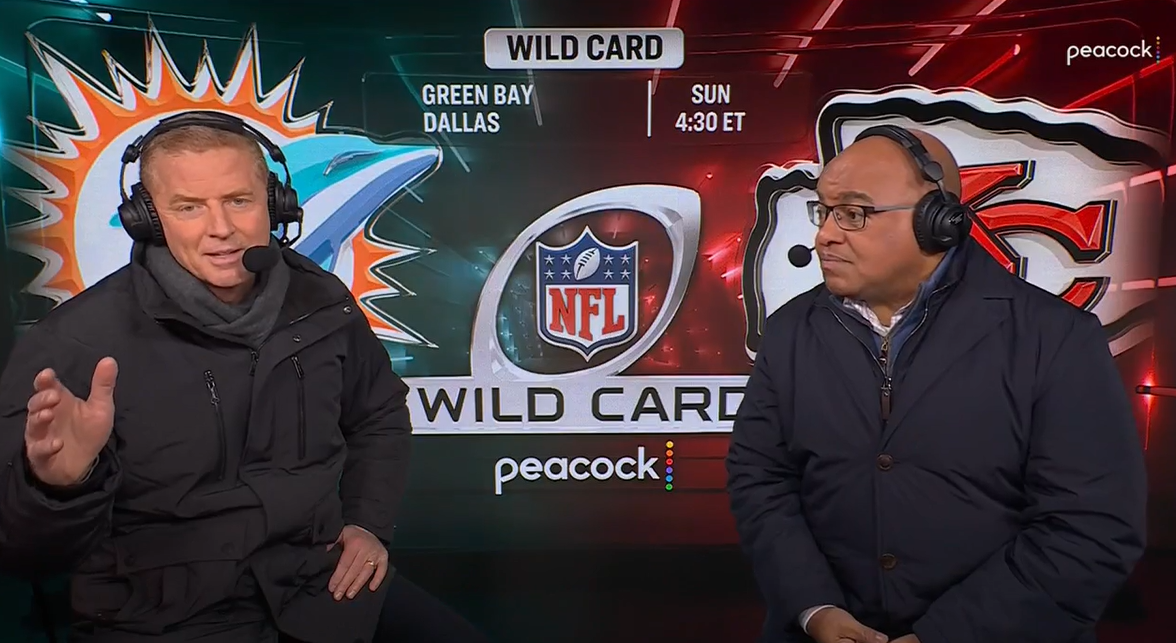On March 18, 2021, Oregon women’s basketball player Sedona Prince posted a social media video that contrasted the shocking differences between the weight room provided to men’s basketball players and those provided to the women. Because the NCAA Division I men’s and women’s basketball tournaments were both being held in singular locations due to the COVID-19 pandemic, the lack of equality between the two sides had never been made clearer.
Let me put it on Twitter too cause this needs the attention pic.twitter.com/t0DWKL2YHR
— SEDONA (@sedonaprince_) March 19, 2021
In the wake of the reaction to that video, the NCAA briefly tried to tamp down the reality before admitted that the optics were not good, with NCAA President Mark Emmert saying “when you lay the men’s and women’s [Division I basketball] championships side by side, as has been made clear over the past weeks, it is pretty self-evident that we dropped the ball in supporting our women’s athletes, and we can’t do that.” The NCAA then tasked law firm Kaplan, Hecker, & Fink with doing an extensive gender equity review of both tournaments.
The law firm released their findings in the form of a 115-page report on Monday and, perhaps as expected, found that the NCAA had, amongst other things, “significantly undervaluing women’s basketball as an asset.”
The longstanding assumption (and party line) around the fact that the NCAA did less with the women’s tournament is that all the money was wrapped up in the men’s tournament. That helped to explain why the TV rights to the women’s tournament were baked into 28 other college championship events that netted $500 million over 10 years while the men’s basketball tournament recently netted an $8.8 billion extension for the NCAA.
However, per an independent analysis from Ed Desser cited in the report, the women’s tournament alone would be expected to fetch anywhere between $81 and $112 million per year in 2025 when the current ESPN expires. It’s hard to know for sure because, per the report, the current deal “likely does not reflect the true value of the women’s basketball championship broadcast rights.”
It’s also hard to know exactly what the true value of the women’s tournament is because the NCAA has always withheld the use of “March Madness” when marketing it, strictly using that term for the men’s tournament. By applying that lucrative term to the women’s tournament as well, it could make it feel more on-par with the men’s tournament in terms of excitement and appeal, at least in the eyes of some.
“Those gender inequities were baked into the very fabric of the tournaments and how the tournaments were viewed by the NCAA,” according to the report.
The report also suggests that the NCAA should consider hosting both Final Fours in a single location each year, if for no other reason than to cut down on costs and ensure that the quality of the facilities would be equal for both sides.
“There is also no question that planning and promoting combined Final Fours, rather than two separate events, would create significant efficiencies and cost-savings for the NCAA, its membership, and its partners,” read the report. “These cost savings would be even more significant if the NCAA chose to also hold the Final Fours in the same venue. There would similarly be an advantage from a monitoring perspective since it would be a lot easier to determine whether hotel rooms, food, locker and weight room facilities, or signage are comparable if they are all in the same city.”
“The NCAA Board of Governors is wholly committed to an equitable experience among its championships. We know that has not always been the case and the instance of the Division I Women’s Basketball Championship is an important impetus for us to improve our championship experience so it is not repeated,” The NCAA responded to the report in a statement. “This report provides useful guidance to improve our championships. We have directed the NCAA president to act urgently to address any organizational issues. We have also called him to begin work this week with the three divisions and appropriate committees to outline next steps, develop recommendations and effectuate change. We will continue to review and process the recommendations in the gender equity report as we move forward to strengthen championships for all student-athletes.”
Will the NCAA do what it needs to do in the wake of this report to enact change? It’s hard to tell, and perhaps more importantly, very few people have any faith in the organization to do so. It literally says that in the report.
https://twitter.com/NicoleAuerbach/status/1422635175058497537
And of course, the impact of this report and the potential new TV rights discussion will ripple out beyond the way it affects players and coaches. An increase in visibility and financial commitment from broadcasting partners likely means that the announcers and analysts who cover the sport deserve more for their work as well.
This also confirms that every ESPN broadcaster doing the Women's Final Four has been underpaid given the real commercial value of this tournament.
Pay up, Norby. https://t.co/NlNTJYjAzm
— Richard Deitsch (@richarddeitsch) August 3, 2021
The NCAA has nowhere to hide on the matter, so the ball is very much in their court now. ESPN also has to be aware that if they want to continue to be a partner and champion of the women’s tournament, they’re going to have to step up as well, or perhaps a competitor will. After all, the whole point here is that the sport and the women who play it deserve equality and opportunity, the same as the men.
[KHF, CBS Sports]





